According to Mr. Huynh Ngoc Trang, the Tet of the ancient Vietnamese people was often celebrated after the harvest season. In the book Thai Binh Hoan Vu Ky , a geography monograph compiled by scholar Nhac Su under the reign of King Tong Thai Tong of the Northern Song Dynasty (China), it is recorded that the Vietnamese celebrate Tet in the 8th lunar month while the Khmer people in the South celebrate Ok Om-bok on the 15th day of the 10th lunar month. On the bronze drum, there are carvings of reed flowers - boat racing - pounding rice (pounding green rice) showing that on this occasion, there is a ceremony to offer new rice with green rice and boat racing. This custom is still preserved to this day in Vietnamese communities, showing similarities with the Ok Om-bok festival: eating flattened green rice, racing Ngo boats. That is the return to the old Tet holiday.
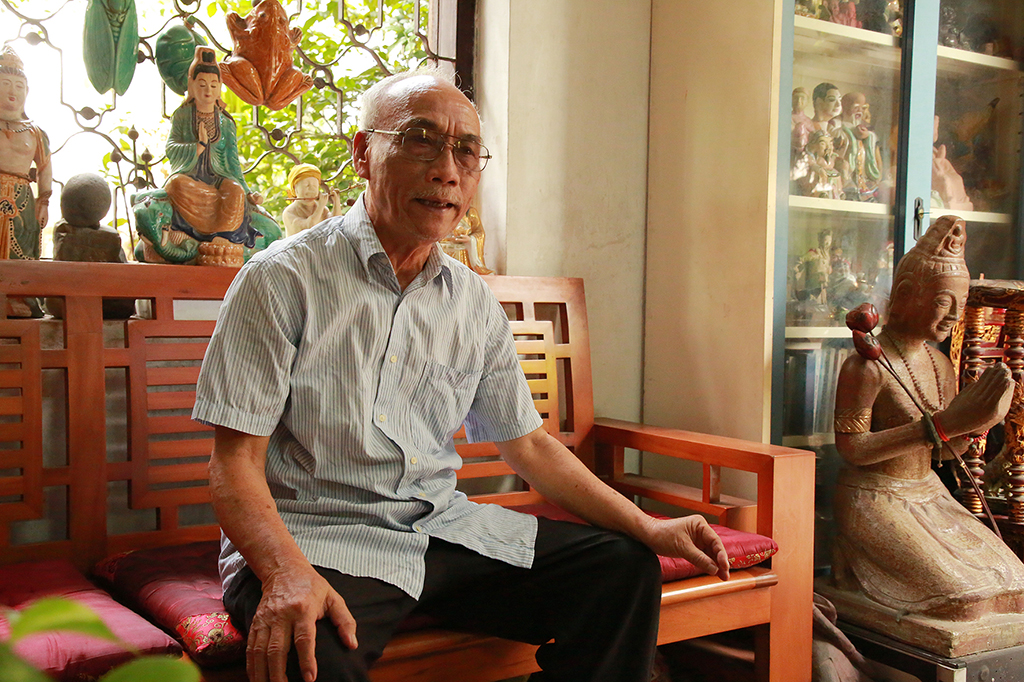
Cultural researcher Huynh Ngoc Trang
Later, the Khmer changed to celebrate Tet in the middle of the fourth lunar month. The Vietnamese, influenced by the East Asian calendar, changed to celebrate Tet Nguyen Dan in the first lunar month, according to researcher Huynh Ngoc Trang.
Besides, "throughout history, sticky rice has remained a constant source of raw materials to create sacred offerings during Tet. Everything is made from sticky rice: sticky rice, banh giay, banh chung, banh tet, banh in... Southerners also celebrate Tet with banh gio, which is also a product that says goodbye to sticky rice. Banh gio is a message of hope for fertility, good harvest, abundance, and wealth," said Mr. Trang.
Many people believe that, according to custom, Northerners make banh chung, while Southerners make banh tet. This is not correct, banh tet is also found in the North, while the Central region still has banh chung.
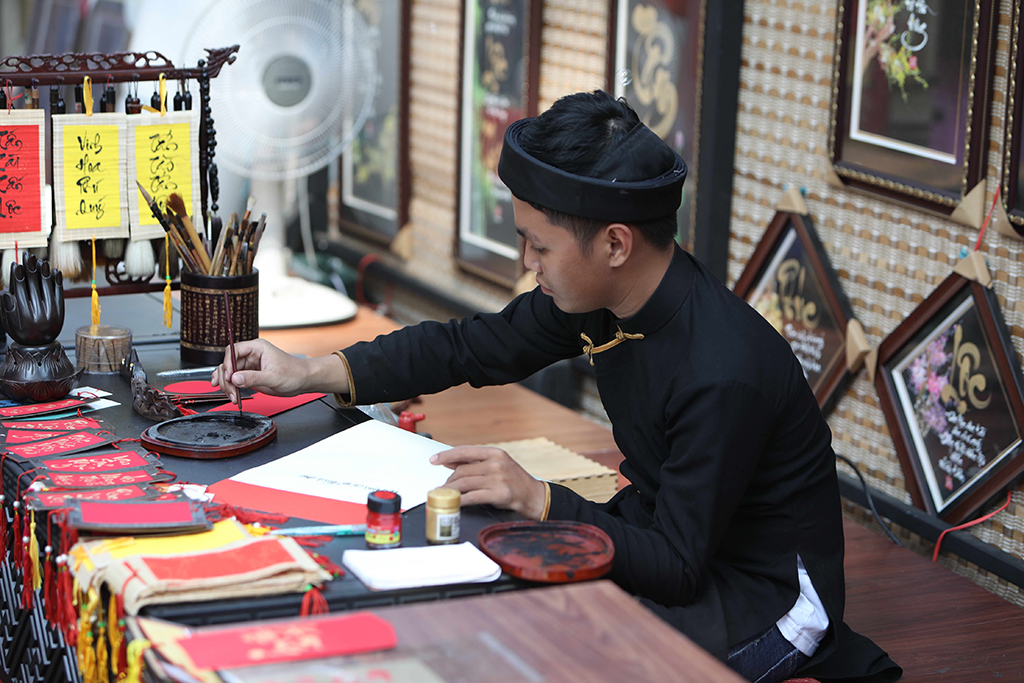
Write parallel sentences on paper to wish for good fortune and congratulate each other on Tet holiday
Mr. Trang said that in folk beliefs, banh tet symbolizes linga, a form of fertility belief. Khmer people also have banh tet. The round sky and square earth symbolized by banh giay and banh chung are a belief imported from China, officially the construction of an altar to worship heaven and earth in the early Ly dynasty. While fertility beliefs have existed since ancient times, it can be concluded that banh tet came first. With the same content, there are different beliefs about banh tet and banh chung, while Buddhists shape the cakes into the shape of a tower/temple roof, which is banh ú.
In addition, during Tet, most families display peach trees. In addition to the decorative function, Mr. Trang said that according to ancient books, people believe that peach trees have the ability to "avoid evil", the scent of peach trees can drive away evil spirits. People also make charms by writing words on pieces of peach wood to hang in front of the door during Tet. That is the origin of the custom of writing parallel sentences on paper to pray for good fortune and congratulate each other. Later, people also wrote calligraphy on bright red paper. All of this creates a spring atmosphere, creating a joyful and radiant Tet atmosphere.
Source link








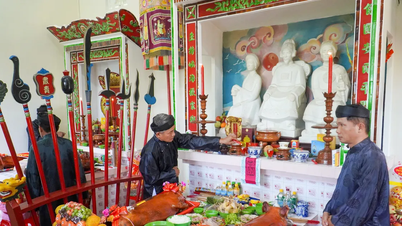

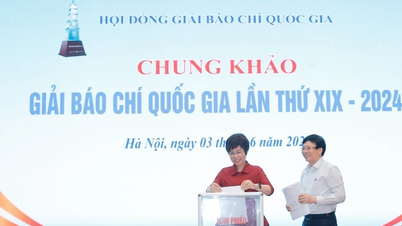




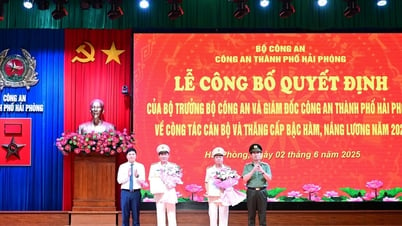





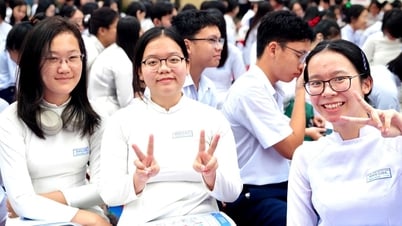


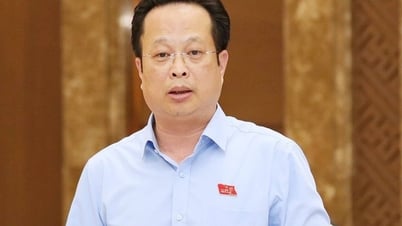

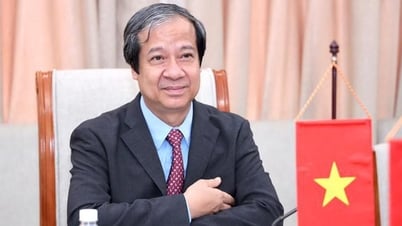

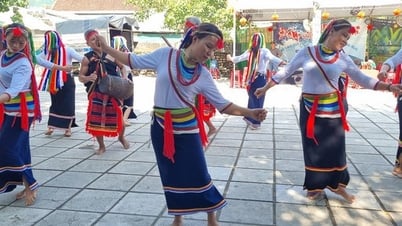



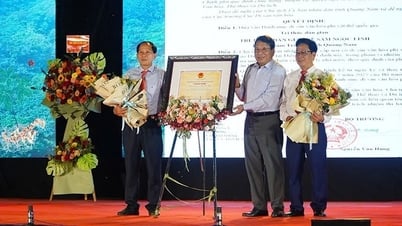

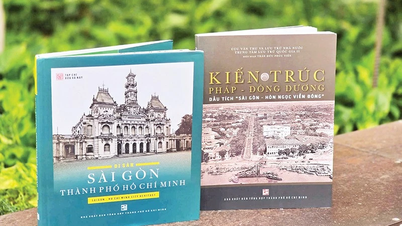
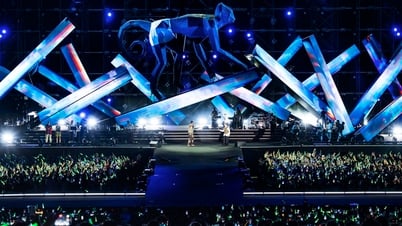
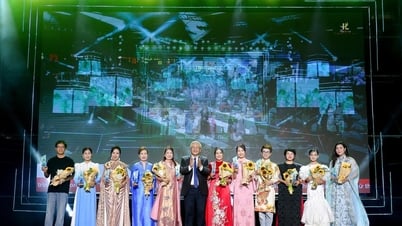
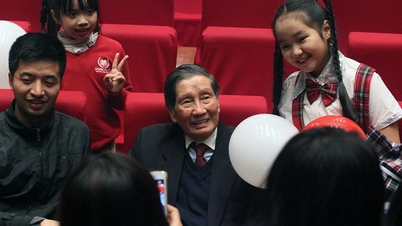

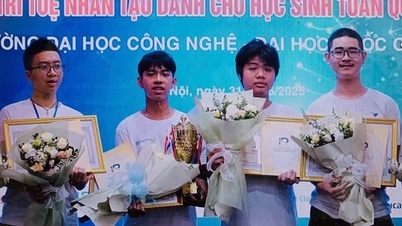

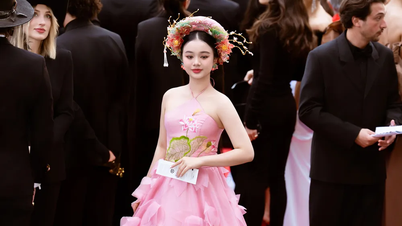

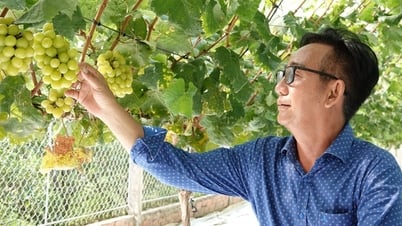


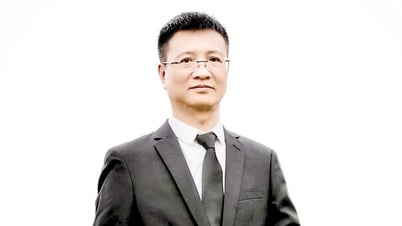




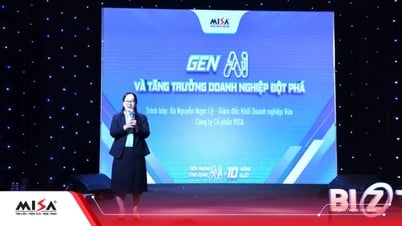










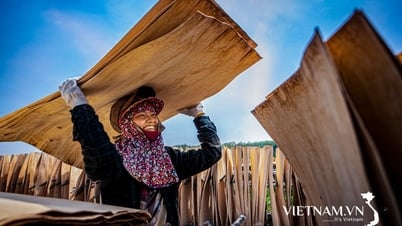
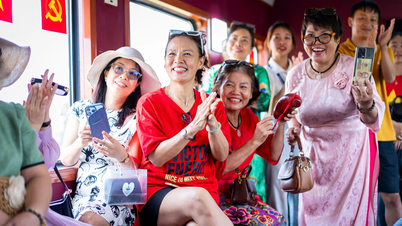







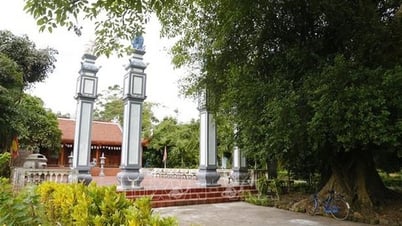




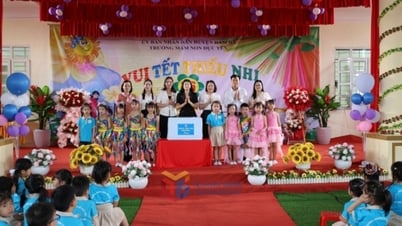

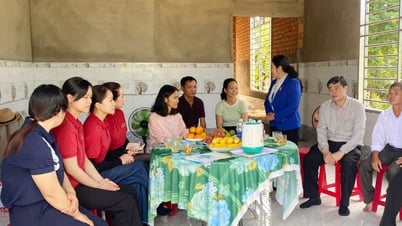

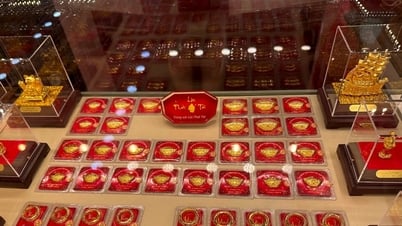


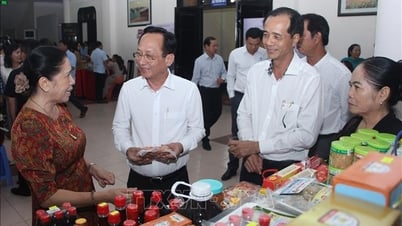








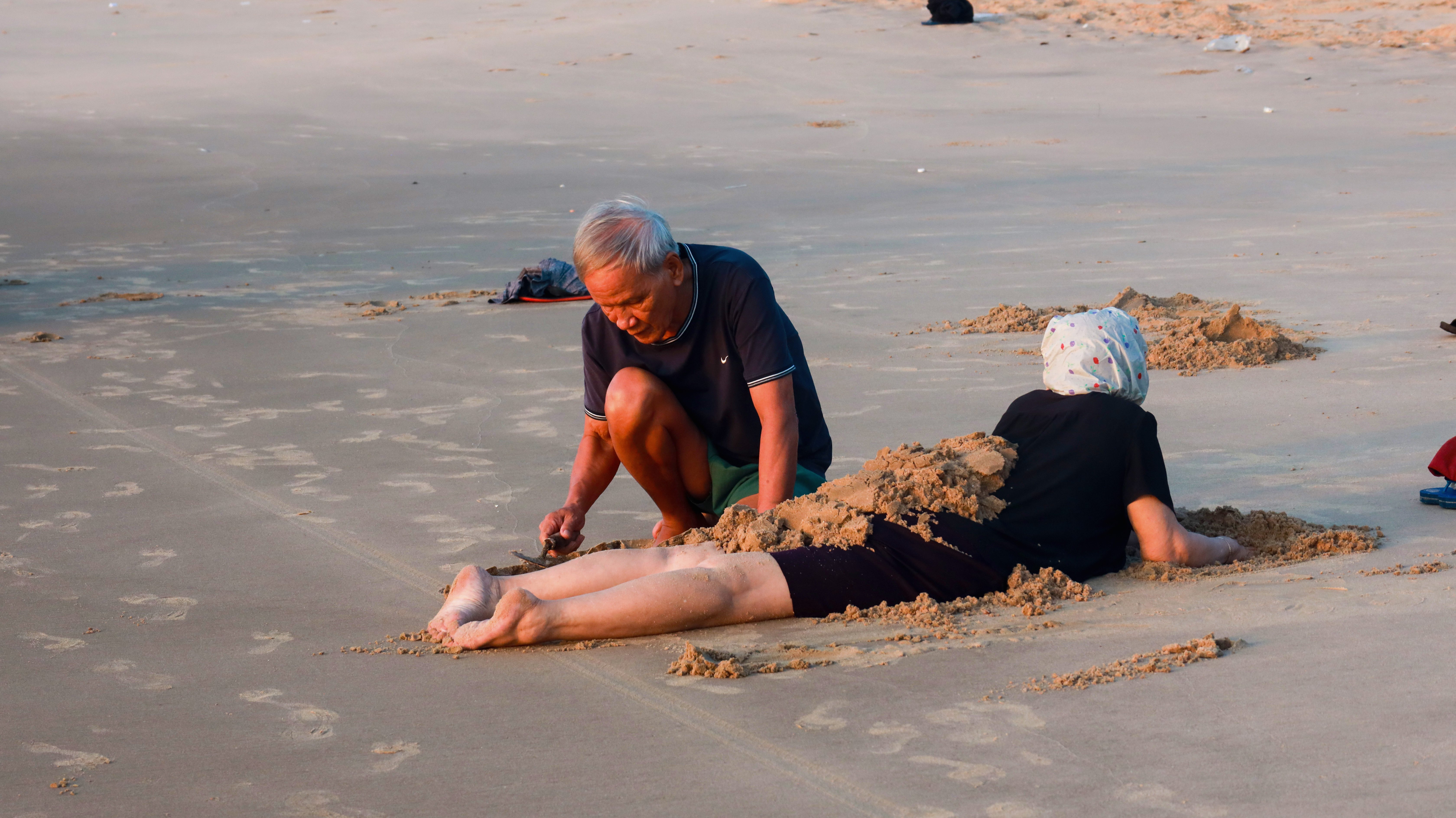
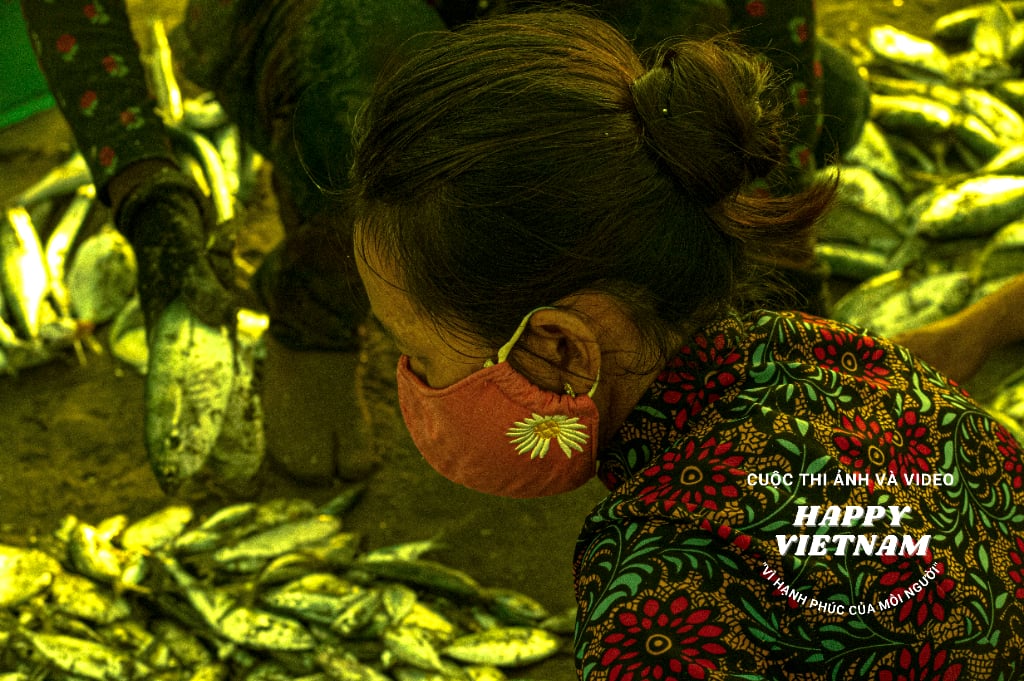
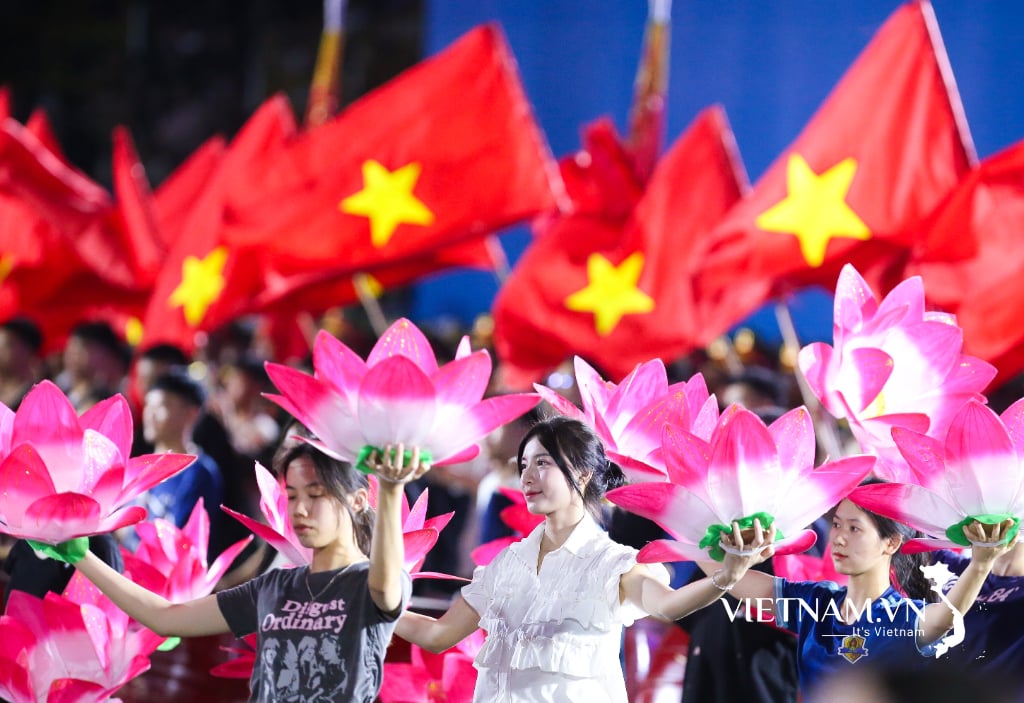
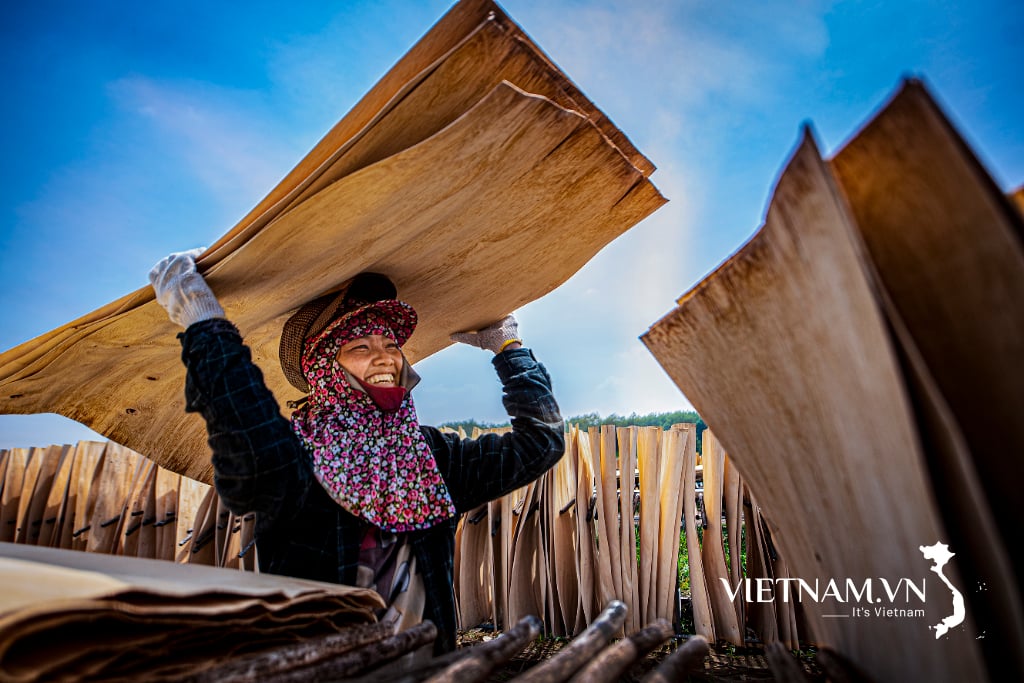
Comment (0)